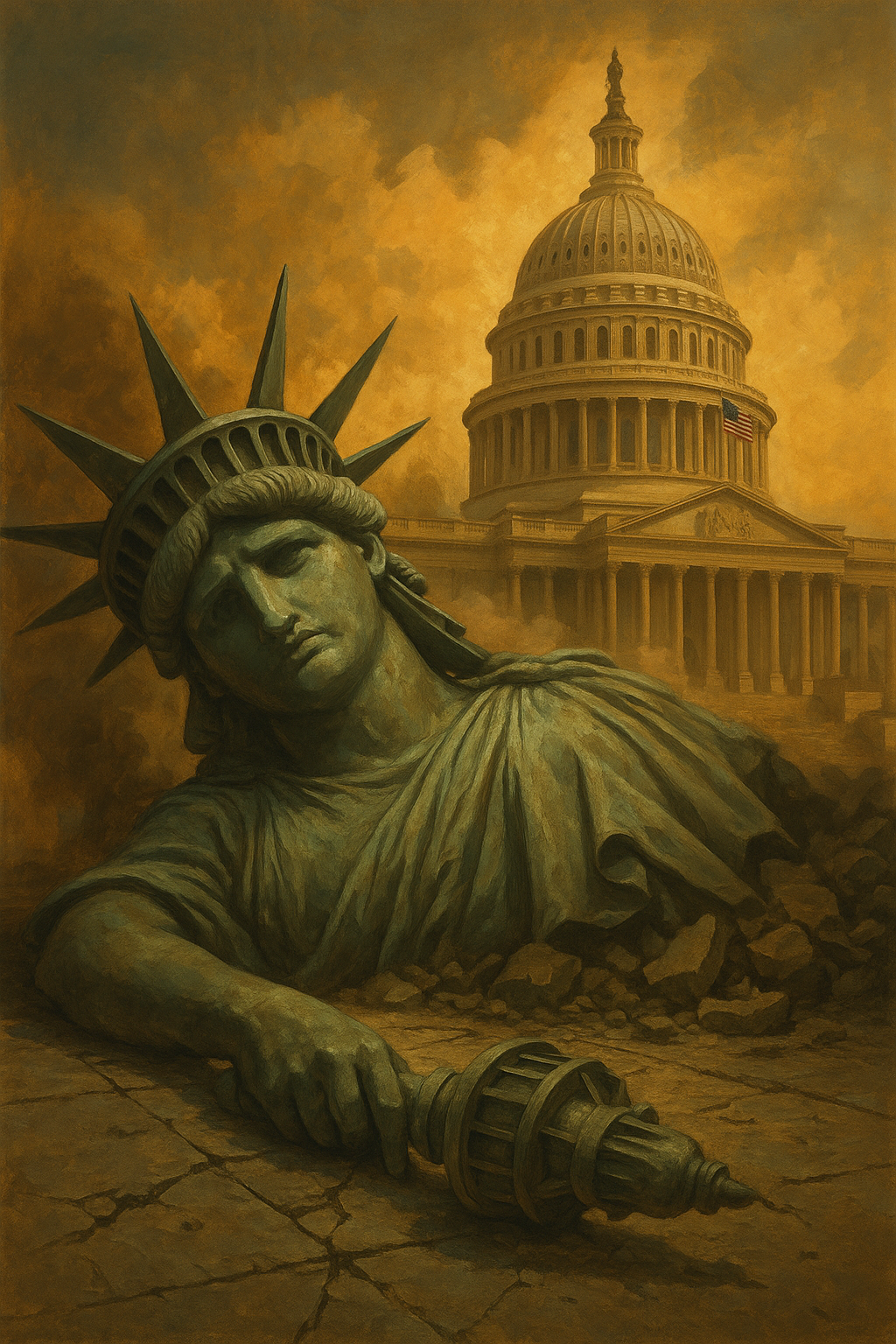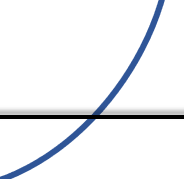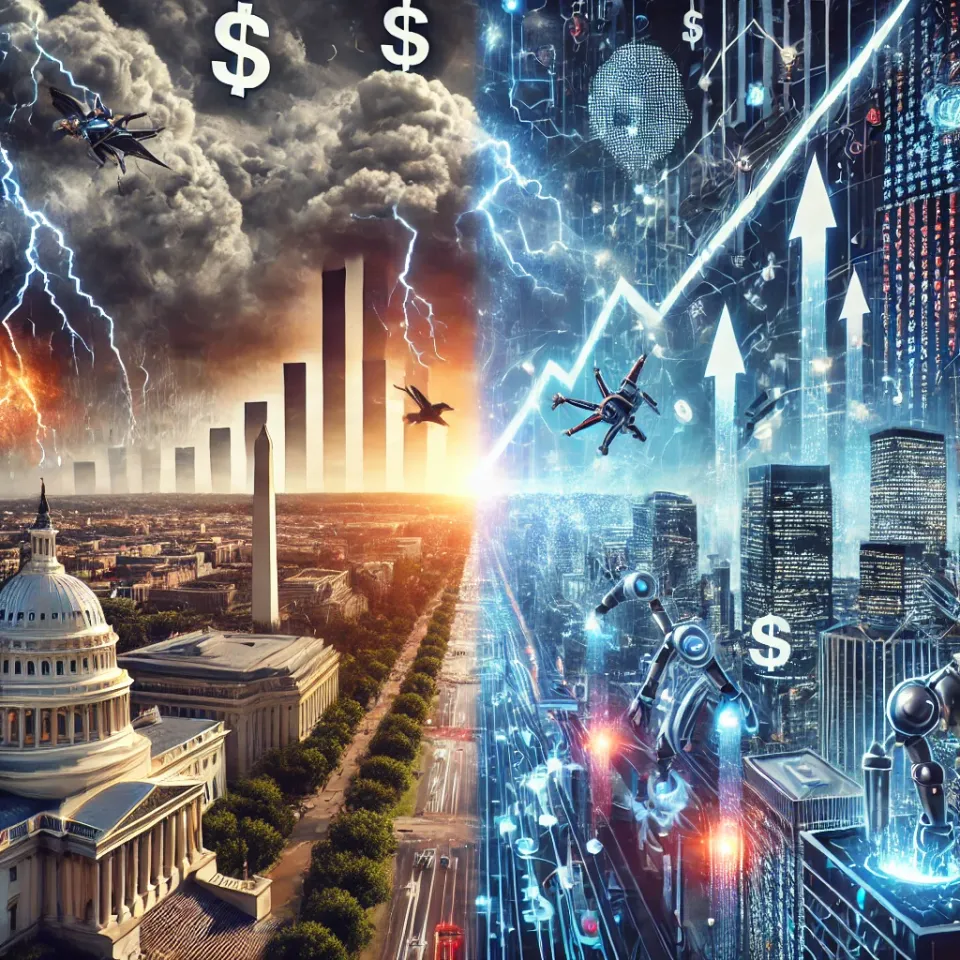The Rise & Fall of Global Empires

Summary
- Empires follow a recurring arc — from education-led growth to industrial dominance, reserve currency status, and eventual decline driven by debt and overconsumption.
- The US now sits at the imperial peak, but Trump-era policies aim to reverse decline by reshoring industry and rebalancing trade.
- Education is the precursor to revival, and in the 21st century, that means AI-first or AI-enhanced systems from early schooling onward.
- Countries like Vietnam, India, UAE, and China are accelerating up the arc by integrating AI into education and scaling innovation into high-value industries.
- China stands out, having evolved from low-cost manufacturing to a sovereign tech leader in EVs, drones, robotics, and increasingly AI and semiconductors.
On July 9, 2025, the 90‑day pause on the U.S.’s “Liberation Day” tariff program officially expires. Without last-minute negotiations, a fresh wave of reciprocal tariffs will come into force on August 1, targeting imports from countries that have yet to finalize bilateral trade deals with Washington. While headlines will focus on the return of trade wars, the deeper question is whether these moves can arrest a far more consequential decline: that of American industrial and imperial primacy.
History shows that great empires do not collapse overnight. They unravel when their productive base erodes, debt spirals upward, and education systems stagnate. What follows is usually a period of reactive politics — tariffs, protectionism, monetary reshuffles — all in a bid to slow the fall. The U.S. is now at this inflection point. The return of tariffs marks not just an economic pivot, but a desperate attempt to regain leverage in a world where technological and educational leadership is shifting eastward.
This report reframes the current geopolitical moment through the long arc of empire. It identifies the stages that have historically led nations to global dominance — education, invention, innovation, and industry — and uses that lens to assess which countries are rising today. From AI-first education in Vietnam and the UAE to India’s vast STEM pipeline and China’s transition from factory to frontier, the global landscape is evolving quickly.
If U.S. policy cannot reverse its reliance on financialization and rediscover productive growth, then the next global superpower may already be educating its future empire in classrooms far from Washington.
Why No Empire Can Hold Onto Global Supremacy Forever
Throughout history, the rise and fall of empires has followed a pattern that blends education, economics, culture, and geopolitics into a long arc of growth, dominance, and decline. Inspired by Ray Dalio’s The Changing World Order and informed by both history and present-day trends, this article distills the mechanics of imperial cycles, linking them to modern investment signals across global economies.
The Core Paradox of Power
Every empire that rises to global supremacy does so first by cultivating education, which seeds invention and innovation. This intellectual foundation fuels the development of new technologies, governance systems, and productive capabilities. Only then does the engine of industrial production ignite — a robust manufacturing base, a skilled workforce, and technological superiority combine to generate trade surpluses and attract global demand for the empire’s currency, which eventually becomes the global reserve. However, when the empire transitions from net exporter to net importer, things begin to unravel. More consumption than production means the empire's economy becomes weaker while the cost of living increases, leading to a disintegration of the social fabric. This threatens the reign of the empire's global supremacy and questions how they can reignite a waning economy while holding onto their global currency reserve status.
This pattern has repeated itself with striking consistency:
- Rome (c. 200 BCE–200 CE) absorbed Greek learning and applied it pragmatically — building systems of law, engineering, and logistics that underpinned its expansion. It scaled innovations like aqueducts, concrete, and road networks across its territories. With this foundation, Rome built its strength exporting wine, olive oil, and ceramics, while importing grain and metals from its provinces. But by the 3rd to 5th centuries, it became a net importer, consuming Asian luxury goods like spices and silks. Gold drained eastward, inflation surged through coin debasement, and productivity weakened. A proto-reserve currency system built on silver denarii and gold aurei eroded as deficits widened and societal cohesion frayed.

